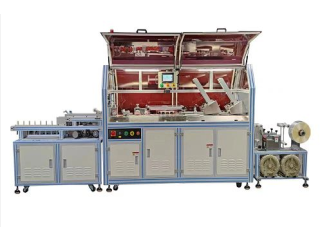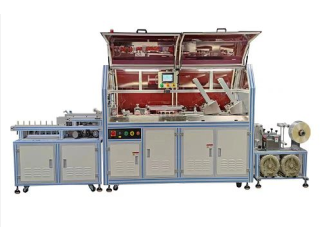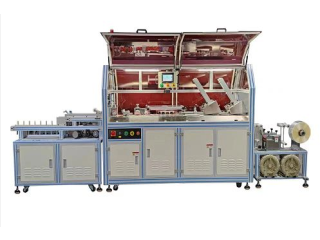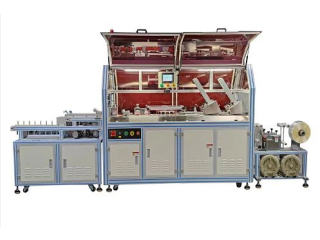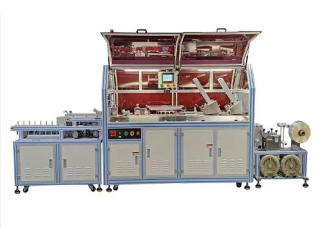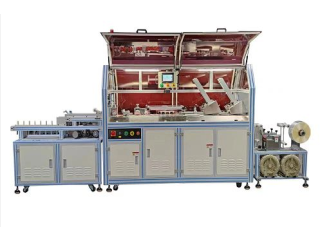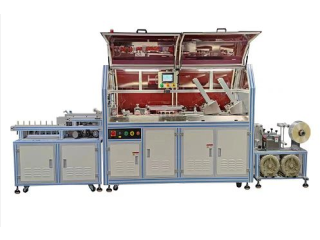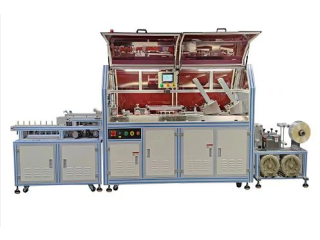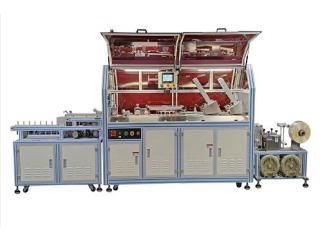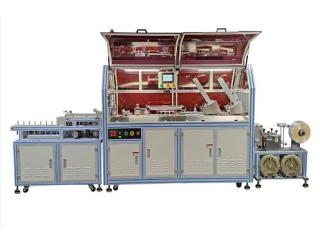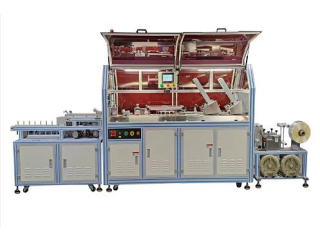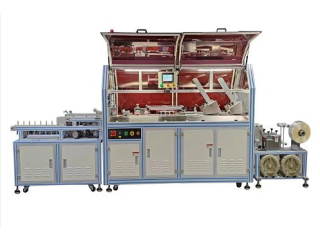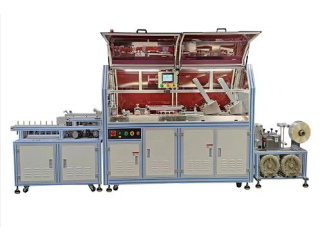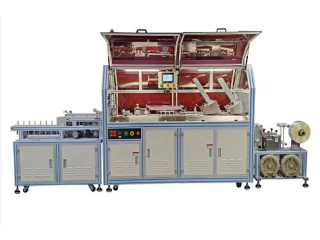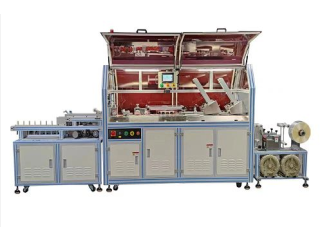Sucker rod pump classification
Nov 15th, 2022 at 07:33 Automobiles Battagram 177 viewsSucker rod pumps include a wide range of methods used to increase oil recovery. Since classifications have varied significantly over the years mainly due to the development of new technologies, the first step in this research is to include a new classification of sucker rod pumps that includes all the new technological developments that fall under this category.
Beam rod pumping
The beam rod pumping unit is the most applied sucker rod method. This method will also be the main focus of this research. It is mainly composed of a surface unit and downhole pump and rods. The surface unit has multiple variations based on size and application. The three main types are the Type A, C, and M beam rods. Type A (Air balanced) uses compressed air to counterbalance the load that comes from the rods. Type A has the benefit of reduced weight and lower installation and transportation costs. Type M (Mark II) lowers the torque and power requirements throughout the pumping cycle. Type C is the conventional beam rod pump.
Coiled tubing sucker rod
The use of coiled tubing as sucker rods is mainly performed in small diameter holes. This technology was first applied in Argentina and was then used in the USA and Canada. It has the advantage of reducing cost since the coiled tubing acts as both the production string and the sucker rod. This method also reduces the time during well intervention jobs and allows the conduction of various operations in live wells without the need for kill fluid. An example of a coiled tubing sucker rod is presented in Fig. 3. Some of the key design parameters in this type of sucker rod pump are the coiled tubing material, fatigue failure analysis, corrosion resistance, completion design, non-return valve (one-way valve), gas separation, and surface facilities ;
Hydraulically actuated sucker rods
Hydraulically actuated sucker rods have been present since the 1940s. They contain a hydraulic cylinder at the surface used to impart a reciprocating motion on the polished rod and the rod string and the downhole assembly which is almost identical to the conventional beam unit.
Valve Bonnet
A valve bonnet acts as a cover on the valve body. It is commonly semi-permanently screwed into the valve body or bolted onto it. During the manufacture of the valve, the internal parts are put into the body and then the bonnet is attached to hold everything together inside. To access internal parts of a valve, a user would take off the bonnet, usually for maintenance. Many valves do not have bonnets; for example, plug valves usually do not have bonnets. Many ball valves do not have bonnets since the valve body is put together in a different style, such as being screwed together at the middle of the valve body.
An assembly includes the part through which a valve plug stem moves and a means for sealing against leakage along the stem. It usually provides a means for mounting the actuator. Sealing against leakage may be accomplished by packing or a bellows. A bonnet assembly may include a packing lubricator assembly with or without isolating valve. Radiation fins or an extension bonnet may be used to maintain a temperature differential between the valve body and sealing means.




